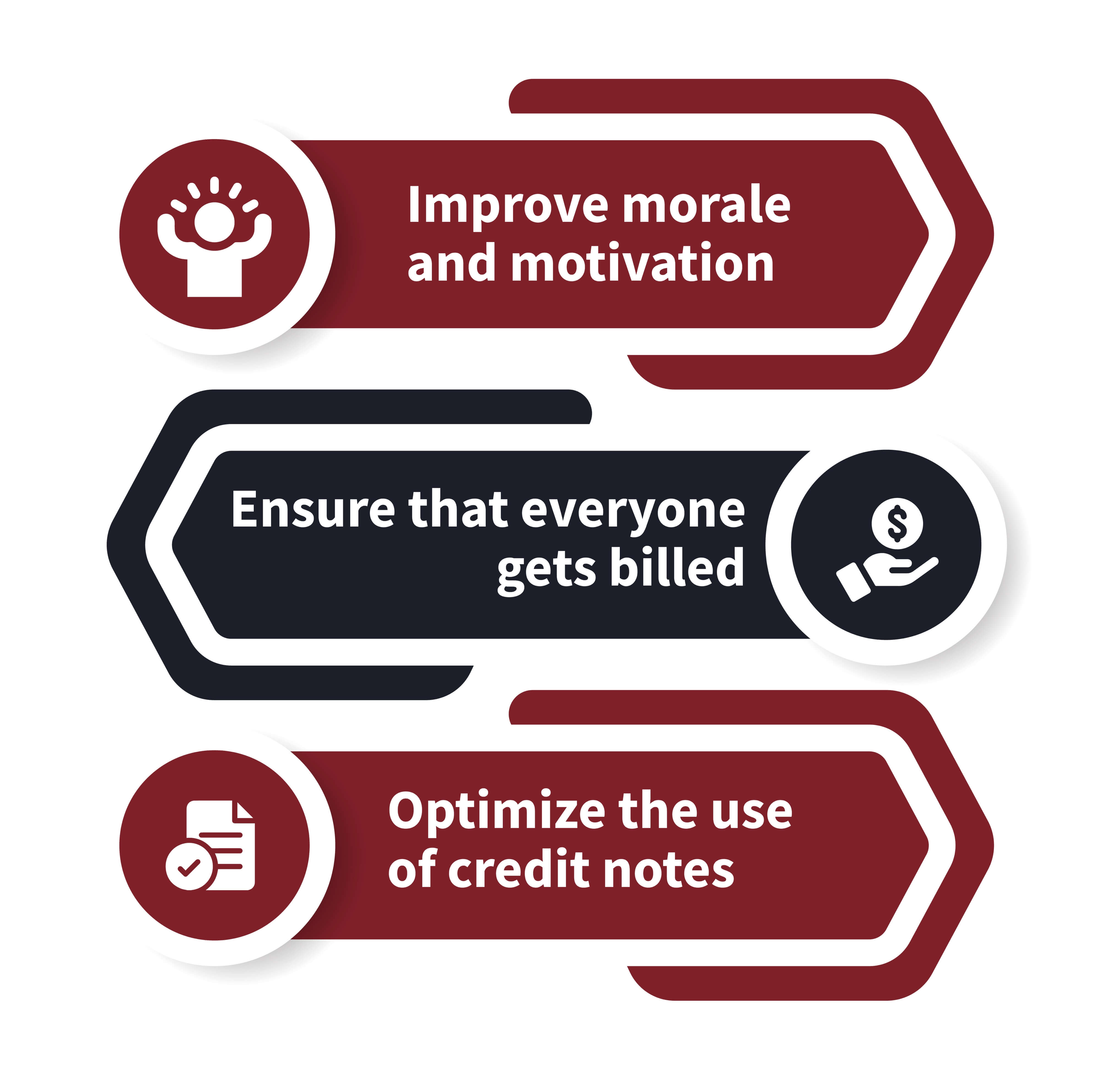Your firm is more than just the sum of its parts. Those parts are no less critical to doing business smoothly, and they deserve proper compensation.
Apportionment involves separating income and expenditures on a partner-by-partner basis. It's the go-to technique for separating the accounting concerns that keep your partners happy – and enthused about serving clients.
Unfortunately, apportionment isn't as easy as splitting a dinner bill. Here are some of the challenges of mastering this form of business accounting and how having the right tools can help you push through.
The Essentials of Legal Practice Apportionment Accounting
Apportionment isn't just for legal practices, and it's important to remember that it's just one of the tools firms use to simplify their digital transformations. Any business that features multiple labour divisions can benefit from this accounting strategy.
Suppose that your firm decided to open up another practice. To avoid competing with yourself, you might set up the new branch in a different geographic region while simultaneously overseeing both from the original main office. A typical apportionment workflow might involve splitting your income, operating costs, and sales outlay by region – making it easier to tell how each subsidiary was performing at any given moment.
To avoid confusion, remember that legal practice billing apportionment is slightly different from the traditional apportionment of overhead expenses. There, it often involves using a cost-sharing ratio to split charges that can't easily be assigned to a single party. With most legal practices, it's all about determining exactly which expenses and incomes should be associated with individual partners.
The Benefits of Apportioning at Law Practices
Apportionment accounting has clear advantages when it comes to costs. For instance, when you know precisely where expenses originate, it's easier to manage them. What many business leaders in the legal sphere have noticed is that apportionment also makes income accounting more effective. Switching to this methodology might: 
- Improve morale and motivation by making it clearer which team members contributed to income,
- Ensure that everyone gets billed for the proper amount of work they did (without inducing a reconciliation nightmare), and
- Optimize the use of credit notes and other internal financial communications to reduce time wastage.
Why Don't More Firms Use Apportionment?

As with any accounting method, apportionment takes work. To be successful, it must be consistent – you can't just assign costs when possible and lump the rest into some miscellaneous category. This would defeat the entire point of law practice apportionment by obscuring how funds flowed from one area of your business to the next.
Historically, those seeking to use apportionment had to vault many stumbling blocks. For example, imagine that one of your partners was forgetful or simply resistant to the idea of keeping their own books. If you weren't careful, their callousness might infect your firm's entire accounting system.
Another major challenge involved simply getting into the swing of transparent accounting. Credit notes, payment requests, and requisition forms are all important, but none are quite flawless – these documents all share the glaringly obvious weakness of requiring stakeholder buy-in. If your partners are already overloaded or otherwise occupied, it's all too easy for them to forget to do their part.
Finally, apportionment accounting often demands a shift towards greater personal accountability. While most partners see this as an acceptable career obligation, it's not always easy to change an entrenched corporate culture, especially one steeped in bad habits. Anything you can do to lighten the load will help your digital transition go further.
Leveraging Apportionment the Smart Way With Tessaract

For years, the only practical options for firms were forcing their partners to adopt cumbersome billing practices they rightfully loathed or settling for black-box accounting. Thanks to modern technology, things are finally changing for the better.
With Tessaract, it's simple to apportion payments and credit notes correctly. The system's smart document management system makes it obvious which partner account is responsible for each item, so there's never any confusion.
One of the biggest perks of Tessaract's workflow is that it functions without you having to do extra work – or send your partners that dreaded memo letting them know you're adding to their workload. Instead, you can use the comprehensive Tessaract platform to execute common apportioning tasks with less hair-pulling. Since the system already manages all of your documents through robust features like time tracking and digital signing, switching your routine is as easy as clicking a button. Minimise the time spent on redundant tasks and focus on what you do best – practicing law.
Tessaract lets law firms apportion payment and credit notes for each partner or lawyer, and its cloud-native workflows make it simple for these kinds of stakeholders to do their part. The platform supports mobile devices and integrates with traditional computing systems effortlessly. In other words, your trusted team members don't have to jump through extra hoops or learn new practices to take advantage of the capabilities.
Apportioning Migration Made Simple

Effective law practice management tools can't just be easy for the tech-savvy to use. They also have to meet the needs of new users that might be switching from one workflow method to another. If you fall into this category, Tessaract has you covered with a straightforward Accounts Receivable dashboard that lets you oversee invoices, billing statements, credit notes, and other key financial data points from one convenient place. Furthermore, your digital bookkeeping is kept safe and secure with Tessaract's native support for InvoiceNow and Peppol ID.
Choose the right law practice management software with Tessaract as you don't have to get stuck in a lurch just because you're in the middle of a big digital transformation. Even though importing the invoices your partners have already uploaded is the easiest way to use the system, you can also create new credit notes from the same dashboard.
Tessaract unifies the migration transition journey, but making your life easier isn't the only benefit. By letting you upgrade old credit records at the same time you intake those already in the new system, this unified cloud workflow keeps you aware of irregularities and discrepancies before they cause problems. Why settle for a hodgepodge of disparate records that might be hiding major financial mistakes?
Implement a Better Apportioning Strategy Today

Apportioning has a lot going for it, and so do the firms that use it wisely. Handling your partner billing statements and credit notes properly isn't just about being a precise bookkeeper – It shows hard workers that you're dedicated to maintaining a level playing field, and there's no better way to foster loyalty.
Feel like you're falling behind when it comes to managing your partner billing? Keen to transition to a more streamlined accounting future? Switching to Tessaract is the best way to start. See why leading law firms worldwide depend on Tessaract for functional apportioning by requesting a demo or by visiting our case study on how Tessaract enabled That.Legal to achieve operational efficiency through workflow automation.
